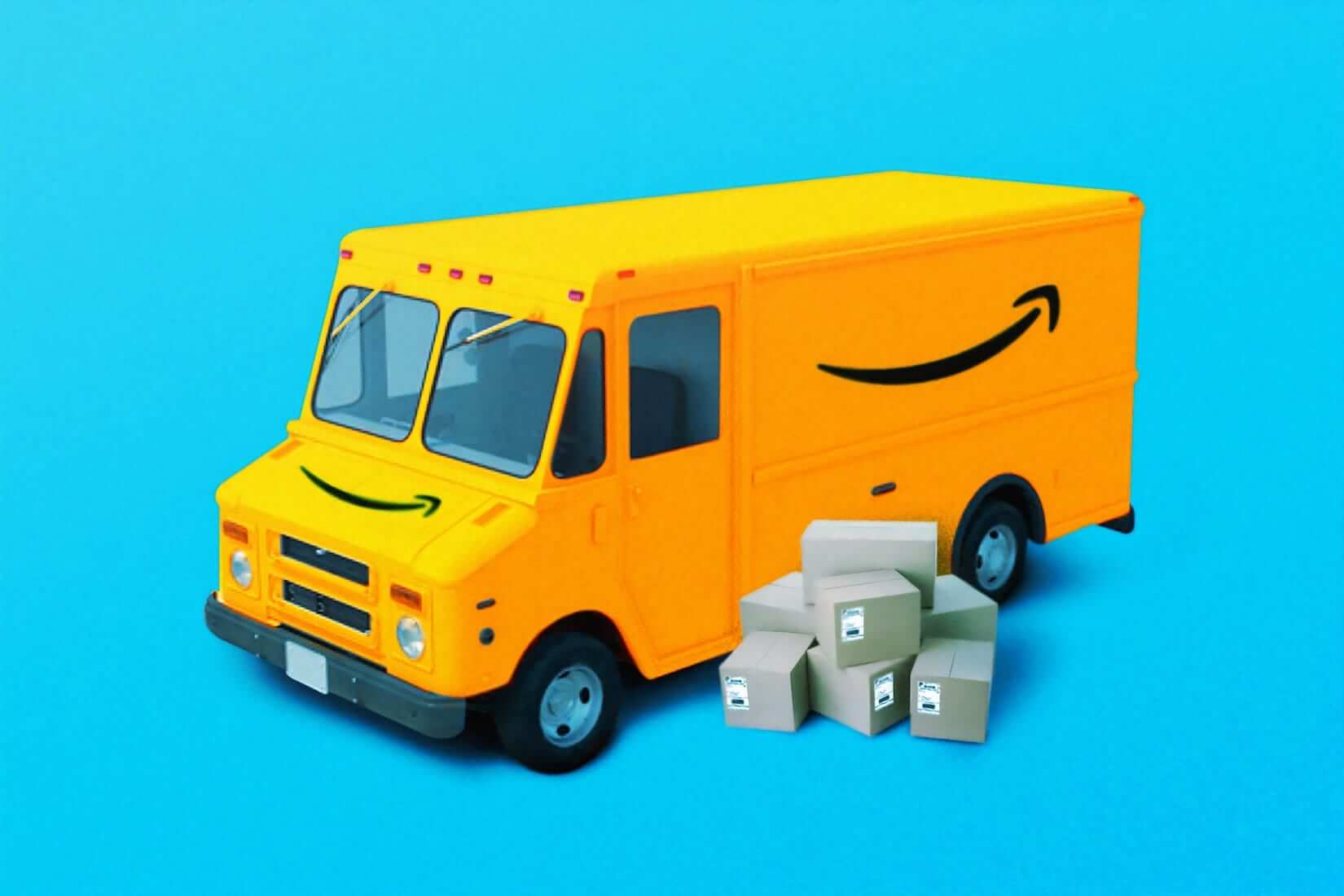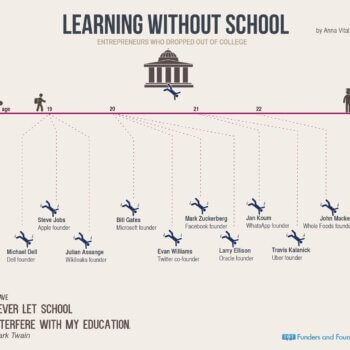The largest shopping mall owner in the United States, Simon Property Group, which manages some 325 properties across the country totaling more than 22 million square meters, is in talks with Amazon to convert some premises being made vacant due to the collapse of department store chains such as J.C. Penneyor Sears into fulfilment centers for the company. In June, J.C. Penney announced the upcoming closure of 154 of its outlets after filing for bankruptcy in May, while Sears is to close 96 of its remaining stores. Other historic chains, such as Kmart, are also closing many of their shops.
For mall management companies, these closures are a big problem, given their role in attracting shoppers, which in turn benefited smaller stores. Furthermore, their premises are usually among the largest in a mall. That said, they have their own delivery bays, which makes them potentially suitable for warehousing. For Amazon, which increasingly depends on its own operationsand less on companies such as USPS, FedEx or UPS, the possibility of opening secondary fulfilment centers means extending its reach and lowering its costs.
In the middle of last year, it was estimated that Amazon could deliver goods to 72% of US households in one day or less. By developing initiatives such as Amazon Delivery Service Partner or Amazon Flex, incorporating technologies such as drones or autonomous vehicles, and using a network of intermediate fulfilment centers, the e-commerce giant will soon be able deliver to a very high percentage of the population in approximately the same time it would take a customer to walk or drive to make a purchase in a physical store.
Amazon now accounts for 49% of the e-commerce market in the United States, representing no less than 5% of all U.S. purchases. This year, Amazon has had the best results in its history. The coronavirus pandemic and the lockdown have led many people who did not usually use the online channel for their purchases to start doing so and who have been able to see its advantages, which in turn is leading to an increasing separation between shopping for the products we buy out of necessity and those we find pleasurable to shop for, or want to see, experience and touch before paying for them. At the same time, buying on Amazon is becoming the default option for many consumers in more and more categories.
Amazon’s use of abandoned department stores to build storage and delivery space signals a very clear change in how we shop: for many mall management companies, Amazon may well be the only game in town. It now remains to be seen if the company will decide, at some point, to use these spaces to house its growing number of physical stores, meaning that we might soon find ourselves going to the mall to buy some stuff and then collect other purchases… in Amazon premises.
Even if you don’t live in the United States, this is surely a trend we can expect to spread. Logistics and distribution are undergoing a major change, one that began in the mid-90s with Jeff Bezos’ decision to leave Wall Street to set up a store on the web, and that is culminating in his conquest of malls, the traditional symbol of retail and consumption. A seemingly unstoppable master plan carried out in parallel to the development of the internet has become a sign of the times.
About the Author
This article was written by Enrique Dans, professor of Innovation at IE Business School and blogger at enriquedans.com.




























